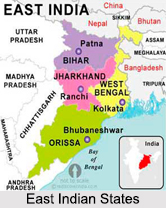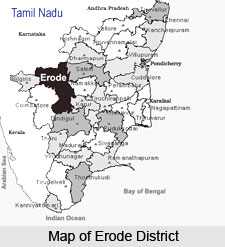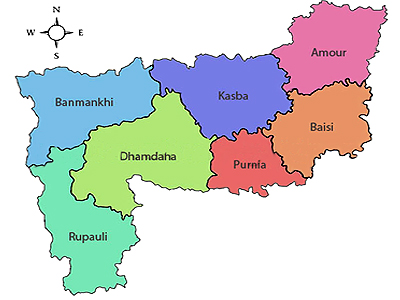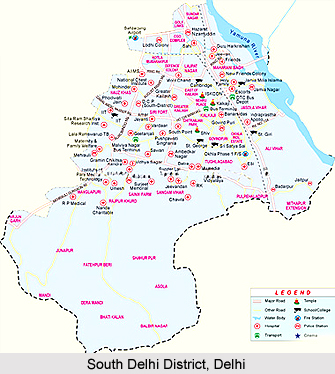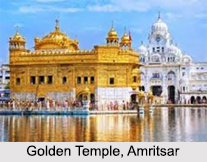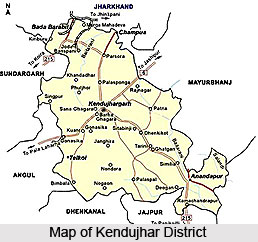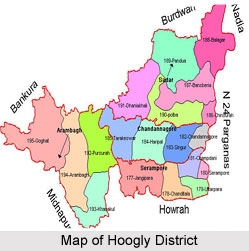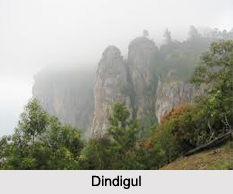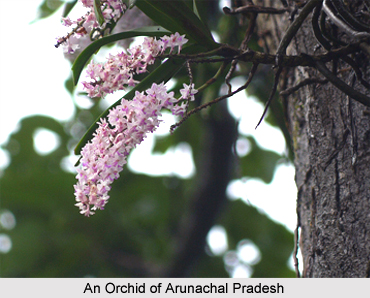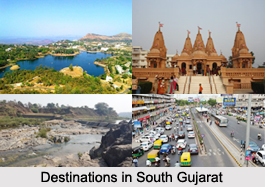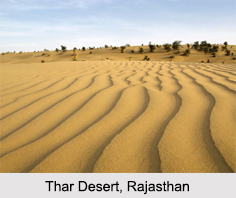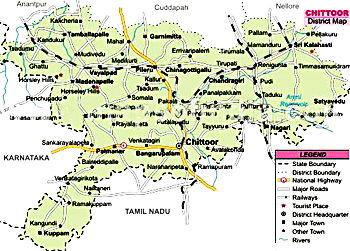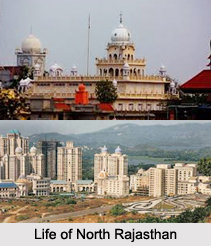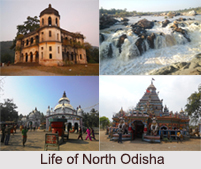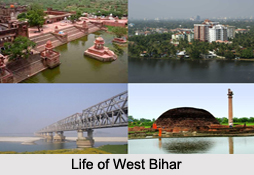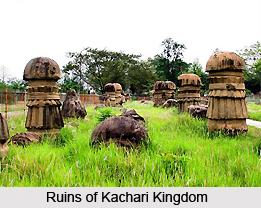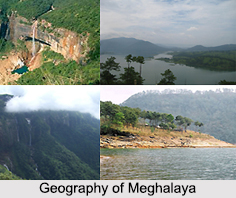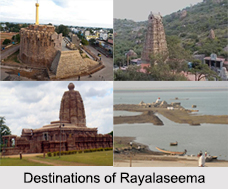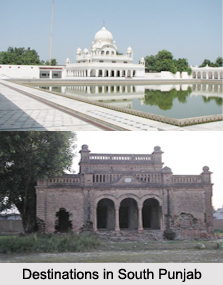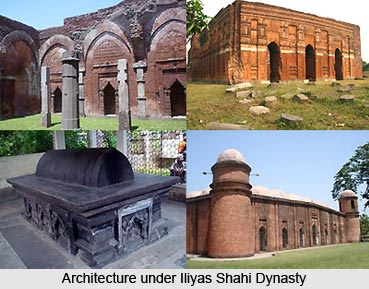 Medieval History of Bengal had witnessed the Islamic rule. Muslims came to eastern India towards the end of the twelfth century. Under the rule of Bhaktiyar Khilji Muslim rule in Bengal began. Till 1282 the Bengal rulers were affected by the Turk/Afghan struggle. Bengal became independent with the fall of the mamluks. Under rule of Iliyas Shahi dynasty (1342-1415), it was united and turned into a stronger power. This regime was against the Hindus, a Hindu land owner named Ganesha took over. He ruled Bengal for a period of about 20 years as after that a descendant of Iliyas Shah usurped power. For the next half a century the dynasty was in power. After a brief interval Bengal was ruled by the Hussain-Shahi dynasty. In the early Mughal period was dominated by the dynasty of Sher Shah Suri and Karrani. Post that empire Bengal was transferred into a Mughal subah and were rule by subahdars.
Medieval History of Bengal had witnessed the Islamic rule. Muslims came to eastern India towards the end of the twelfth century. Under the rule of Bhaktiyar Khilji Muslim rule in Bengal began. Till 1282 the Bengal rulers were affected by the Turk/Afghan struggle. Bengal became independent with the fall of the mamluks. Under rule of Iliyas Shahi dynasty (1342-1415), it was united and turned into a stronger power. This regime was against the Hindus, a Hindu land owner named Ganesha took over. He ruled Bengal for a period of about 20 years as after that a descendant of Iliyas Shah usurped power. For the next half a century the dynasty was in power. After a brief interval Bengal was ruled by the Hussain-Shahi dynasty. In the early Mughal period was dominated by the dynasty of Sher Shah Suri and Karrani. Post that empire Bengal was transferred into a Mughal subah and were rule by subahdars.
Muslim invader built mosques, madrassas and Sufi Khanqah in order to enforce Islam.
In the 14th century, the kingdom was known as the Sultanate of Bengal. Till the mid fifteenth century Hindu states existed in the Southern and the Eastern parts of Bengal. Under the Mughal rule several Hindu states were established such as Maharaja Pratapaditya of Jessore and Raja Sitaram Ray of Burdwan. Land reclamations in forested and marshy areas were carried out and intra-state trade was encouraged. They also introduced new music, painting, dancing and sculpture into Bengali art-forms. Many such kingdoms fell during the late 1700s. Sher Shah included the Grand Trunk Road that connected Sonargaon in Bengal with Peshawar in the Hindu Kush.
Hemu or Hem Chandra Vikramaditya, the then Hindu Prime Minister-cum- Chief of Army won Bengal in the battle at Chapperghatta, killing Muhammad Shah who was the then ruler of Bengal. After knowing of Humayun`s death left Bengal to his Governor Shahbaz Khan.
Bengal`s trade and wealth made the Mughals call the region the "Paradise of the Nations". The Mughal Empire court (1575-1717) gave semi-independence to the Nawabs of Murshidabad, who respected the sovereignty of the Mughals in Delhi. The Nawabs granted permission to the French East India Company established a trading post at Chandernagore in 1673 as they were granted permission by the Nawabs. The Maratha Empire attacked Bengal in the beginning of the eighteenth century. The Maratha expeditions resulted in Bengal becoming a tributary region.
Siraj-Ud-Daulah had attacked the forces of British East India Company at the encouragement of the French. Under Robert Clive, British troops captured Chandernagore in March 1757 and defeated the Nawab at the Battle of Plassey as the Nawab`s soldiers betrayed him. When the Mughal Empire declined the centre of Indian culture and trade shifted from Delhi to Calcutta.
